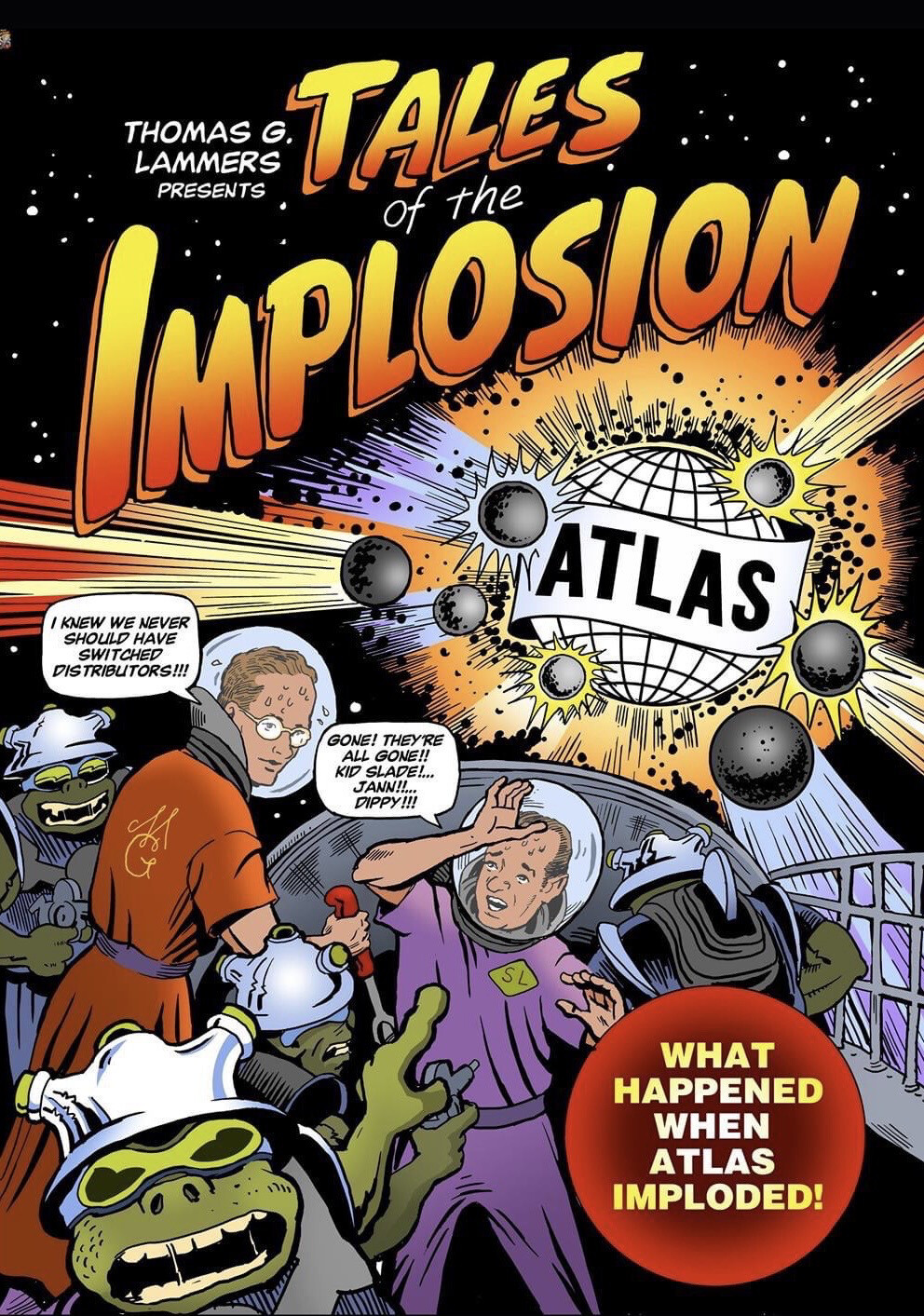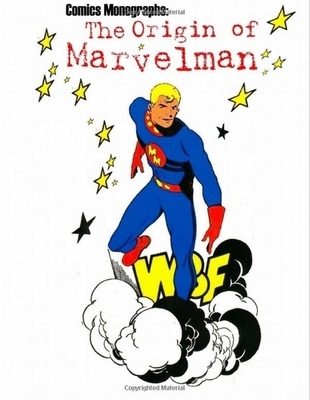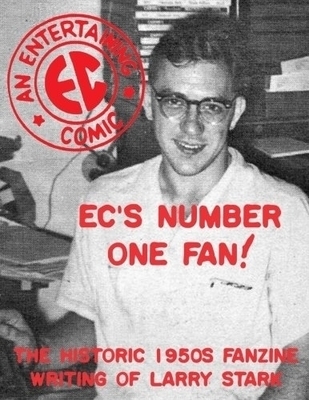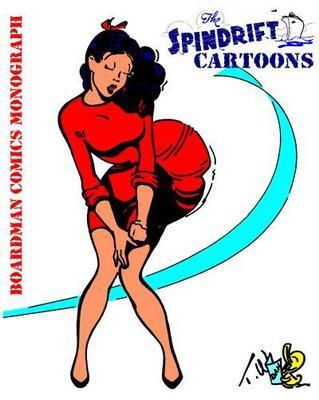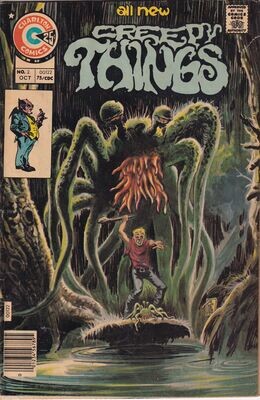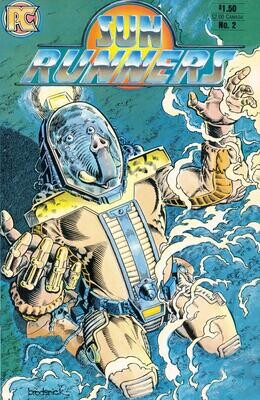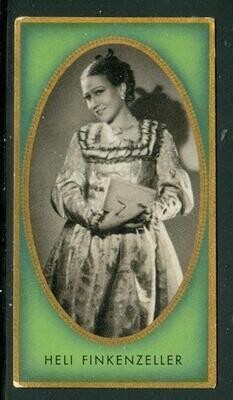
Tales of the Implosion: How a 1957 Business Catastrophe created the Marvel Universe (Comics Monographs #5) SECONDS
Remaining copies were returned and have minor shipping damage such as corner creases, bends, blunted corners, etc. Very few copies remain!
In 1957, a distribution disaster reduced Martin Goodman's Atlas Comics from 77 titles to just eight a month. Tom Lammers examines the "Atlas Implosion" in minute detail. Massive title cancellations left a huge backlog of finished stories from both existing titles and titles which were never destined to see print. Tom's detective work reveals what should have appeared where and then takes a look at exactly where or if it was used. Certainly, this is the definitive work on those dark days of Goodman's now unbranded company through the birth of Marvel Comics.
From Chapter 1: Questions of a Comic Book Kid by Tom Lammers:
When I was a kid back in the ’Sixties, I was a huge fan of the comic books published by the Marvel Comics Group. Every Tuesday afternoon when new comics arrived at Paxson’s Confectionary up on the corner, I hopped on my bike and sped up there to check their squeaky spinner rack for the latest issues. I spent a big chunk of my discretionary income (such as it was) following the thrilling exploits of my favorite superheroes: Spider-Man, the Fantastic Four, Iron Man, Thor, X-Men, the Avengers, Daredevil, and the rest.At the time, I had the impression that Marvel was quite a young concern compared to other comic book publishers. Most issue numbers were quite small; my fifth-grade math skills told me that only a few years had elapsed since that magical #1. Not only that but the books’ editorial voice was pure hipster, peppered with slang and current pop-culture allusions. Editor Stan Lee was like your favorite bachelor uncle, your mom’s youngest brother, the guy who gave you rides on his motorcycle and told you all the cool stuff other grownups wouldn’t. Most convincingly, stories in the mainstream press heralded Marvel Comics as The Latest Thing! in youth culture, right up there with The Beatles, long hair, and miniskirts. Everything about Marvel just seemed to scream New! New! New!But some facts didn’t jibe with that impression. Journey into Mystery and Strange Tales had issue numbers over 100, with Tales of Suspense and Tales to Astonish not far behind. And didn’t those seem like odd names for superhero comics? Cryptic comments on the letters pages alluded to comic books that Marvel had published years earlier. The first ’Sixties appearances of Sub-mariner, Captain America, and the android Human Torch intimated that these were not the first outings for these characters. The clincher came when Marvel began to reprint material. At first, the stories were no older than the late ’Fifties and early ’Sixties; soon, however, stories from the early ’Forties began to appear. Clearly, there was a great deal more to Marvel’s corporate history than this kid had realized!When I began to collect vintage comic books three decades later, I discovered that the Marvel Comics Group of my misspent youth indeed had a history that could be traced back under various names to the years preceding World War II. I learned that they had published almost 4200 issues before 1960. And not just superhero titles but humor, romance, Westerns, war, fantasy, horror, crime, and adventure books as well. Before Amazing Spider-Man and The Fantastic Four, there were Ringo Kid and Combat Casey, Kent Blake of the Secret Service and Jann of the Jungle, Sherry the Showgirl and Homer the Happy Ghost. How had this diverse array of characters, titles, and genres been whittled down to the handful of superhero comics I knew from my childhood? What had decimated the ranks so profoundly? What terrible bottleneck had they passed through?
As I read more about comic book history, I came across references to something called the “Atlas Implosion,” a 1957 business catastrophe of seemingly Biblical proportions. Scores of titles had been canceled overnight and dozens of artists thrown out of work. Only after some period of inactivity did the firm regroup and resume publication on a far more modest scale. Clearly, it was this event that had transformed an all-encompassing comics empire into the seeming upstart of my youth.
